“Take me down to the paradise (city) where the grass is green and the girls are pretty….” – Paradise City by Guns N’ Roses
As the similar genre of rock music reverberates popularly throughout the region, these lyrics reflect this beautiful reality known as the North East India. For me like most of the prejudiced and misinformed fellow countrymen living in the plains it was just a dream, till I was shaken off it in the form of an invitation from my friend Lemli “footballer” Loyi, living in Guwahati, Assam.
‘Come to the Hornbill festival in Nagaland, and we will explore place together,’ was all he had said. The opportunist in me grabbed every single word as I prepared myself to pile-on to him to turn my mystical fantasy of visiting the place into reality. Soon, the word had spread and many of my fellow pile-on friends too grabbed it and were converging in for the Hornbill festival in the first week of December 2011.
Nagaland: Exoticism, tradition & modernity – Hornbill Festival, Kohima, Khonoma et al.
We finally landed in Dimapur, a large commercial town in Nagaland. I looked at my watch. I was in the aircraft for nine frikkin’ hours. I would’ve been in Europe by now. Is Nagaland that far? Ok. To be fair to Air India I will explain. I sat in the aircraft in Bangalore on time, but the flight took off three hours later because of early morning fog (in Bangalore???). Resigned to the fact that I would miss my connecting flight to Dimapur, in Guwahati, I dozed off.
Ratatatatatat… (Sound of machine guns)
Bravo to Charlie. We are being attacked. Repeat. We are being attacked. The Japanese are here. Yes the reports are correct. There are around 80,000 of them. We are completely outnumbered one-to-three. What the…………
(Explosion!!! The ground shakes all around.)
Thud!!! The seat shook as the aircraft hit the runway at Guwahati Airport. I needed information on my connecting flight so I pressed the buzzer calling a steward hoping that Ravina, the lovely stewardess would come. But that was Na(t) to be as the unlovely steward Ravi made his appearance. He informed me that the same aircraft would be going to Dimapur. Relief and opportunity in the form of a smile made its appearance, but was short lived as I noticed Ravina and other stewardesses alighting from the aircraft leaving behind the unlovely stewards. Two hours later after an “unscheduled” stopover at Dibrugarh we landed in Dimapur. The airport is as quaint as it could be – like the ones in the Hindi movies of the yore – and yes without any cabs much to our chagrin.
This time a lovely young Naga girl named Anyo came to our rescue. She was in the aircraft with us and was visiting her hometown Kohima. She went out of her way to drop us in her car to the taxi stand (at the railway station) and even negotiated with a cab driver for us to drop us to Kisama where we would be staying.
We were overcome with the help and the warm welcome we received, which we would experience throughout our stay there.
It took us three hours to reach Kisama as we reached Lalhou’s homestay through the ever-winding (but good) roads. The homestay was clean and basic. It was managed by four enterprising women – three sisters and their mother. It was their first year of running the place. The “basic-ness” of the place (read no attached loos) was quickly compensated by their warmth, the home cooked food and the proximity to the Naga Heritage Village where the Hornbill festival was being held. Tired, we dozed off.
The Japanese 31st Division supported by the Indian National Army led by Subash Chandra Bose has crossed the Chindwin River and is approaching Kohima with an alarming strength. The artillery is pounding endlessly. We are reporting heavy casualties. The numerous disparate Naga tribes are fearlessly resisting the onslaught.
There are 16 officially recognized tribes in Nagaland. Many of these tribes practised headhunting (nothing to do with recruitments) and preserved the heads of their enemies as trophies.
The faint similarity in tradition and culture is completely overwhelmed by the stark difference in their traditional clothing and spoken dialect. Over the last century, Nagamese (Naga Pigdin) – a smattering of Assamese and local tribal dialects has developed into the lingua franca connecting these tribes with other part of the region primarily with Assam. However, English and yes, even Hindi is widely spoken and understood throughout the state.
However, laughter is the still the common language universally. And there was lots of it at the festival during the Pork fat eating and Naga King chilly eating competition. Naga King chilly is presumably the most “chilliest” chilly in the world. However, the bar was raised this year as the winner gobbled up as many as 15 of them in one min, 8 fiery chillies more than the previous year’s winner. The winners, teary-eyed (not because of the achievement) accepted the ear-splitting acknowledgement from the crowd, which were holding on to their stomachs rolling in laughter. Not to be outdone, an Israeli (brought up on bland food presumably) ate 11 Naga King chillies in one min to win the competition open for tourists. He managed to survive and “chilled” out during the rest of his stay at the festival.
The Hornbill festival (named after the bird, Hornbill) was launched in 2000 by the Government of Nagaland to encourage inter-tribal interaction and to promote cultural heritage of the state. The festival is held every year at the Naga Heritage Village in Kisama between the 1st and 7th of December. In last eleven years the festival has come a long way and is a major tourist attraction with visitors from India and abroad thronging the place in large numbers. All hotels and homestays get fully booked well in advance during this period. We had a tough time booking a room 2 months ago.
The week long festivity brings forth the colourful performances – exotic tribal dances, crafts, sports, food fairs, games and ceremonies. Traditional arts which include paintings, wood carvings, and sculptures are also on display. More on the Hornbill Festival.
However, at Kohima, just 12 km down from Kisama, the scene is very different. Modernity is making its presence felt strongly at the expense of tradition. Like any other hilly town, the capital city is bursting at its seams. Unstructured growth has brought in huge number of vehicles, pollution and chaotic traffic just like any other Indian city.
The youth seem to be connected more to the western world than to the rest of India. The young women in particular, pretty as they are, are extremely trendy. In fact, they are much ahead in style and fashion, when compared to their compatriots in bigger Indian cities. Most of the clothes are imported from Bangkok and South Korea it seems.
Influence of religion (90% Christians) and education (80% literacy rate) has a major impact. Rock music rules the roost as we experienced it in the rock show competition, with amazing talent and engaging audience.
The soldiers engage hand-to-hand combat on the tennis court as the Japanese forces storm the Deputy Commissioner’s bungalow. It’s a fight till the end.
Ok. Enough of these italicized-trying-to-write or look-avante garde. So as the story goes, Battle of Kohima was one of the fiercest battles fought during the Second World War in 1944 between the allies and the Japanese army. It is often referred to as the “Stalingrad of the East”. Codenamed U-Go by the Japanese, this offensive would’ve enabled them to invade India. However, their plans were thwarted by the allied forces supported ably by Indians and local Naga tribes. Some 30,000 Japanese and 14,000 allied soldiers lost their lives in the battle. The testament to their sacrifice is remembered in the form of the serene War Cemetery in Kohima and WW-II museum at the Naga Heritage Village.
In the present time our hunt for tradition and exoticism continued. We visited the local market in Kohima (a must do). The vegetable and meat market was a bit too exotic for our tastes and we rushed to Khonoma village in our intrepid exploration for tribal tradition.
Get a li’l bit rustic. Hangout with the chieftain. Hobnob with the warriors. Engage in some headhunting talk. “Try” the exotic food and drink the potent rice beer.
That was the idea.
The one and a half hour bumpy ride (an understatement) from Kohima on extremely bad roads (and no roads at some stretches) in the delicate ancient Maruti 800 cab was rough on the derrière. But the bum pains were worth it when we approached Khonoma. The village was marked with an old picturesque Baptist Church and the surroundings were painted with amazing scenery, with step farming splattered across the beautiful hilly landscape.
However, it was not too traditional. We expected a typical tribal village, which it was not (I even spotted a few dish antennas). After a pleasant hike through the village we left in our cab cushioning the seats with jackets to minimize the bumps, which lay ahead.
As we were leaving the village we saw a small monument dedicated to the martyrs who had died fighting for a separate Naga nation. Although a peace pact has been signed with the Indian Govt., the Naga insurgents are still very active.
From the various murmurs I have heard prior to this visit a typical Naga doesn’t consider himself/herself an Indian citizen. Also, the fact that an Indian citizen needs an ILP (Inner Line Permit) to enter the state added seeds of doubt to my misguided belief. However, interactions with various locals wiped off all it. There were locals and even taxi drivers ever eager to help us and were much concerned about the image of Nagaland and its people we will take back with us.
Clearly, they do not have to worry much as they are the warmest of people in the one of the most beautiful and traditionally rich places in India.
Assam: The Kaziranga Trail
6 a.m. Western Range, Kaziranga National Park (KNP). Bleary eyed and cold, we stepped out of the Scorpio to see this new (?), rather weird species. The safari had begun well. However, instead of the usual emotions of astonishment, joy and the usual fear after spotting an animal, the emotion here was outright laughter. The weird species in discussion here were two ‘gentlemen’ (hailing most probably from the immediate west of the state) impeccable dressed in suits with matching ties (minus the customary monkey cap), with grit and determination in their faces ready to climb the elephant for the safari.
Ok. So, the KNP is “touristy”, but you never know, you could see a lot of animals as we started our safari in the morning on the back of an elephant that took us out into a road-often-travelled kind of marked path along with other elephants carrying loads of tourists. Oh yes, in this wee hours of the morning we heard somebody playing loud music and then there was this Sardarji sharing the seat on our elephant speaking non-stop chaste Tamil. We wondered what are the other novel ways our species could invent to distract the animals. Still, we saw the great Indian one horned Rhinoceros – four of them in fact along with some wild boars and lots of deers. The elephant ride was superb even though it did not cover much of the distance into the forest.
However, the open jeep safari later in the afternoon was a bit different. We covered a fair distance into the park spotting quite a bit of wild fauna – the rhinos, wild buffalo (Mithun) and yes, again lots of deers. The openness of the jeep was exhilarating as we stood like fearless shikaris all set to aim and shoot (only with our cameras though), experiencing the nippy evening December chill, and also exposing ourselves fearfully (ummm…) this time to any sudden attacks by the predators which loomed large hidden (thankfully) within the great grasslands of the national park.
The forest rangers were seen burning parts of grass in some stretches. Wouldn’t this lead to forest fire, damage ecosystem etc.? We were bursting with questions.
In winter the grass gets dried up, so it is burnt for the new shoots to grow to provide fodder for the herbivores that in turn become eventual fodder for the hidden (thankfully again) carnivores. This way the ecosystem is maintained.
Lemli, the footballer turned forest ranger-guide explained relishing what lay in dinner ahead.
Barbecue duck, rice and chicken cooked inside bamboo stems on primitive bonfire with traditional home brewed rice wine were the menu for dinner and lunch. Exotically delicious.
Lemli, the cook rocked.
We were staying at Koliabor Manor, an old tea estate bungalow with an infinity pool, close to the banks of the mighty Brahmaputra, at Silghat.
The manor was still maintained in the old British way with sprinkling of some modern amenities. The “oldness” of the place prompted the owner to narrate some “pranky” ghost stories. Good, there was enough rice wine going around to remember anything what he said.
Meghalaya: Walk in the Clouds
Shillong, the capital city of Meghalaya is widely known as the Scotland of the East. Though, I have never been to Scotland, I thought that visiting Shillong would do the trick. The early morning drive in Lemli’s Scorpio from Kaziranga to Jorbhat (near Guwahati) was comfortable. The roads were good with the exception of some excusable stretches. However, the bums became comfortably numb from the moment we started our drive from Jorbhat towards Shillong in an old and rickety Sumo cab, on the dusty winding road (a four lane highway is being constructed) laden with endless stream of trucks carrying cement, sand and other air pollutants across the quarried landscape of what once would’ve been green and beautiful, we knew that something was amiss.
A typical two-hour drive became four hours to reach Shillong, which seemed to be burdened with traffic chaos and pollution. After some confusion finding the hotel, we quickly checked in and made our way out to check out the city.
Shillong is the music capital of the North East. Most of the known and all the unknown international rock bands touring the country visit Shillong (sometimes they visit only Shillong). The hoardings screamed out the various rock acts to be held in the city and one of them was by…wait hold your breath…Counterfeit Beatles from Liverpool.
We went to the state central library where the show was being held thinking of mobbing these Beatles (since we were not able to do the same with the original ones). However, we were not allowed to do so. Dejected, we made our way to see the Don Bosco Museum after a trying time trying to get a cab. Apparently, it is a good idea to walk and discover Shillong (though the city is large enough to avail public transport at times). However, while walking one could see hundreds of school children dressed in various school uniforms. Shillong is home to many reputed schools (many of them boarding schools), colleges and of course the newly opened IIM (Indian Institute of Management) with the prefixed name of Rajiv Gandhi.
The Don Bosco Museum of Indigenous Cultures at DBCIC (Don Bosco Centre for Indigenous Cultures) is Asia’s largest Museum of Indigenous Cultures of its kind. The visitor can have an overview of the whole of North East India. Rising into Shillong’s skyline the Museum is a seven storey building with 17 well laid out Galleries of international standard containing artefacts, paintings, fibreglass figures – all a feast to the eyes and a source of knowledge. A must see.
After the museum visit the trying time began yet again. Very trying indeed this cab business. So we tried the shared auto rickshaw (sharing with some seven other passengers). Before the auto could take off, we mercifully escaped into a bus – not crowded at all and went to the “happening” Police Bazaar (PB). Cloud 9 at Centre point and Tango at OB mall are two popular pubs here at PB, which we checked before settling for cloud 9. It was a bit disappointing to hear that Lou Majaw the Khasi guitar strumming singer and a big fan of Bob Dylan was not performing anywhere that weekend.
Next day, early morning we headed off to Cheerapunji the wettest…ok, the rainiest place on earth (at least it used to be). The town’s yearly rainfall average stands at 11,777 millimetres (463.7 in) only next to the nearby town of Mawsnyram in Meghalaya. However, the dream bubble of driving through the pouring rain and walking on the clouds was pricked when we reached the Cheerapunji. It was dry. It doesn’t rain much in winters.
Along the way there are many touristy points like Elephant falls, Shillong peak, Water park etc. etc. yawn!!
However, Mawsmai caves near Cheerapunji is quite an experience. Completely dark (carry a torch) and spooky. A thrilling cave exploration experience indeed.
Then there are these big stone monoliths and old graveyards everywhere give character to the hills. Cheerapunji is also famous for its living root bridges. These are made from the roots of the Ficus elastica tree. This tree produces a series of secondary roots from higher up its trunk and can comfortably perch atop huge boulders along the riverbanks, or even in the middle of the rivers themselves.
After disappointingly falling for some more (water) falls and (view) points we were back in Shillong. As the dusk approached (it gets dark around 4:30 p.m.) and later progressed into night we tossed coins to decide if we should stay in the hotel watching TV or check out the non-existent night life. We decided to head out only to be pleasantly surprised as we discovered this happening lounge bar named Déjà Vu in Laitkrumah road. The place was rocking and k(a)raoking. The nightlife was there; we just had to find it.
Next morning, we left Shillong, stopping briefly at Barapani (the big lake) on the outskirts of the city.
During the drive, we silently prayed that we reach the Guwahati airport in time, avoiding the inevitable and endless traffic jams (which we encountered many times). And also prayed that the innocent natural beauty of Shillong and the North East in general, being presently ravaged in the guise of unchecked growth and development, never goes away.
The first prayer was granted, here’s hoping that the second one too comes true.
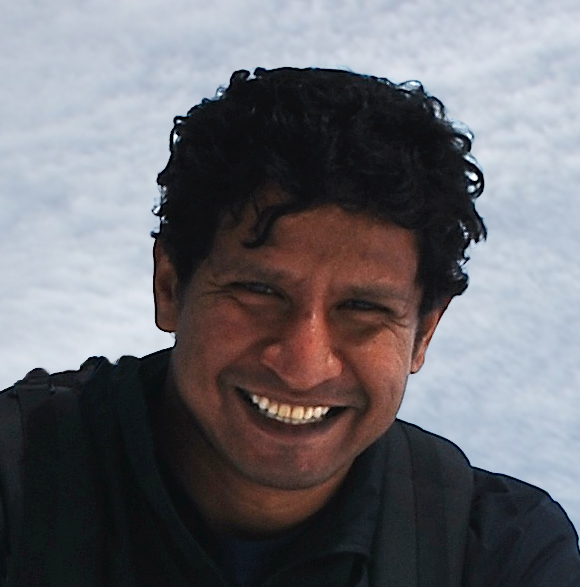
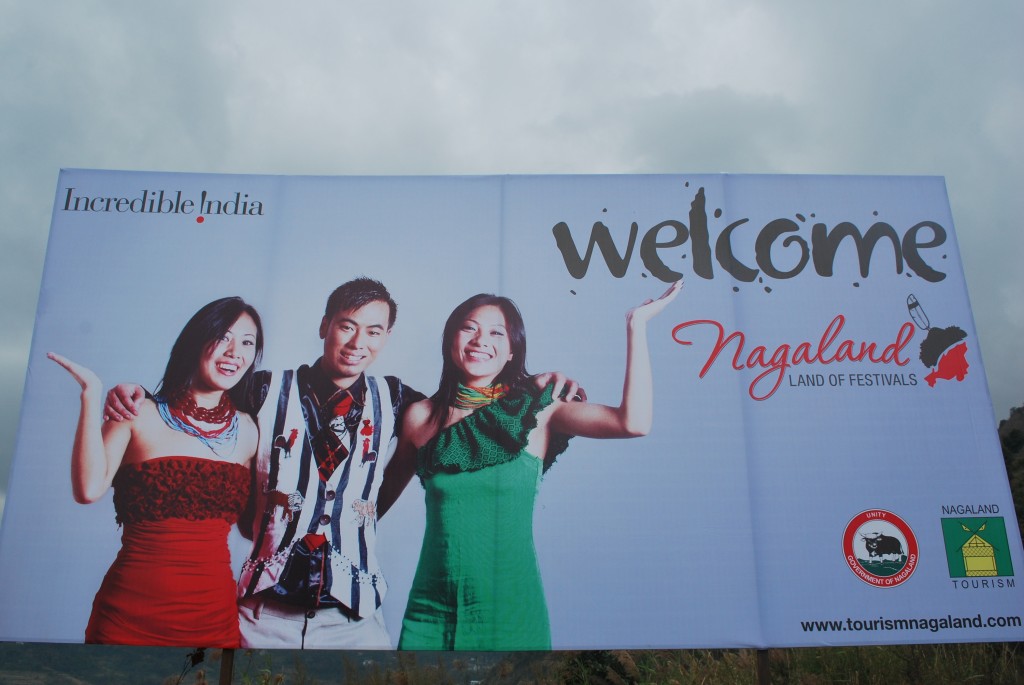
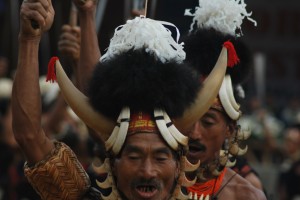
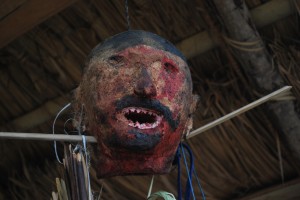
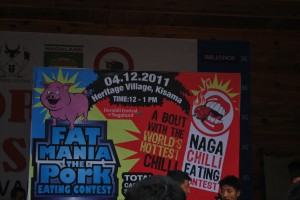
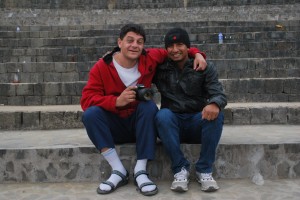
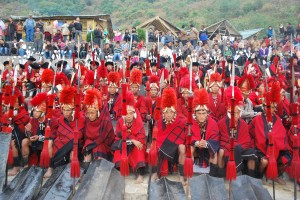

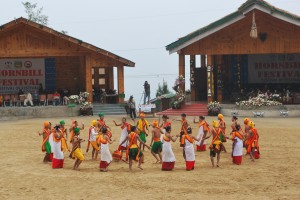
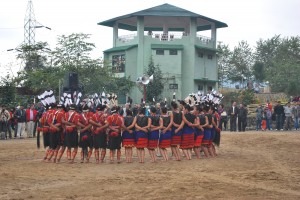
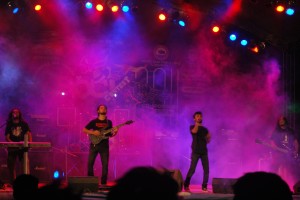
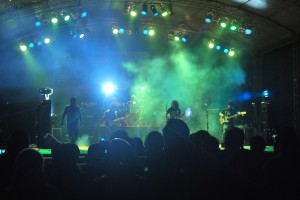
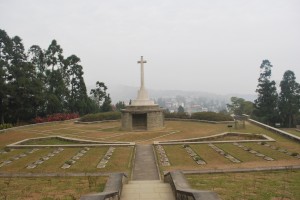
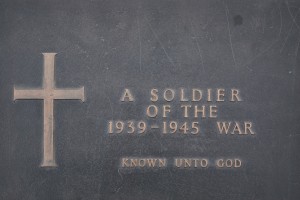
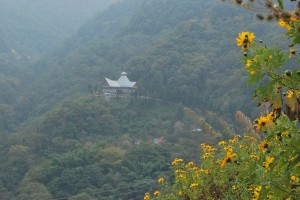
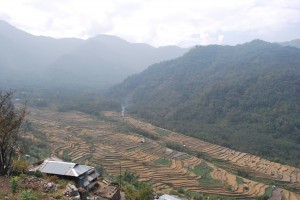
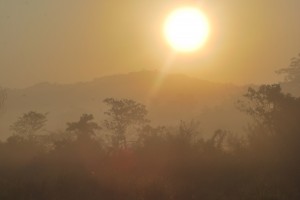

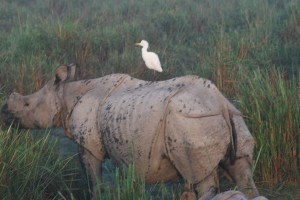
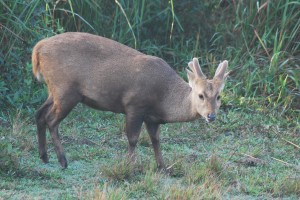
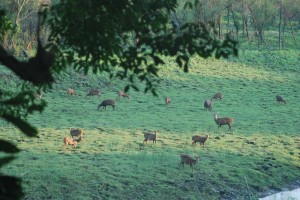

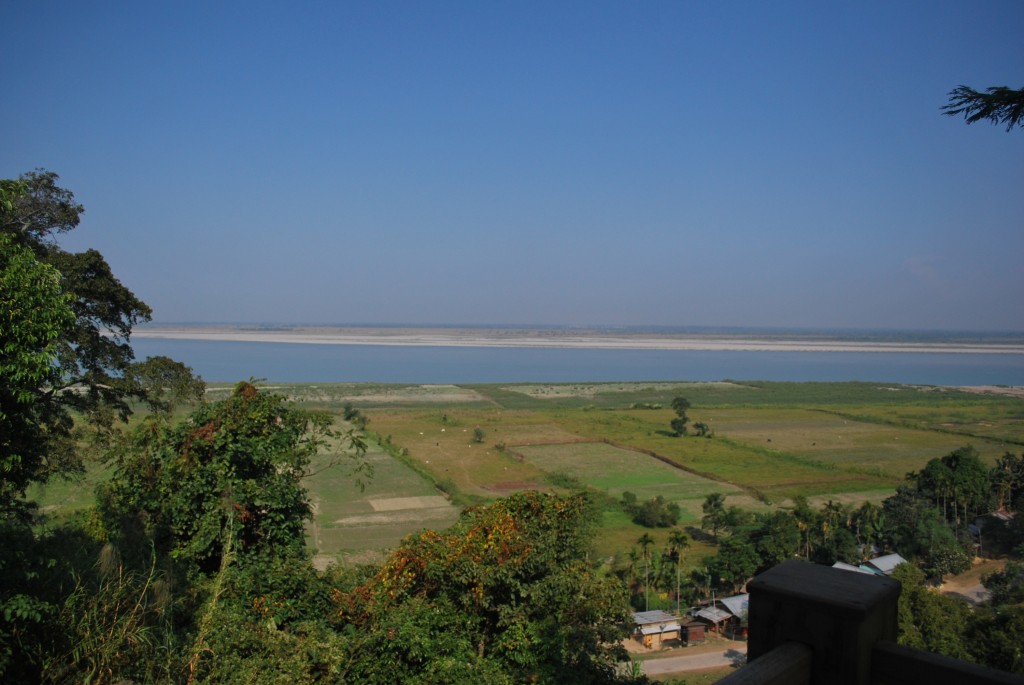
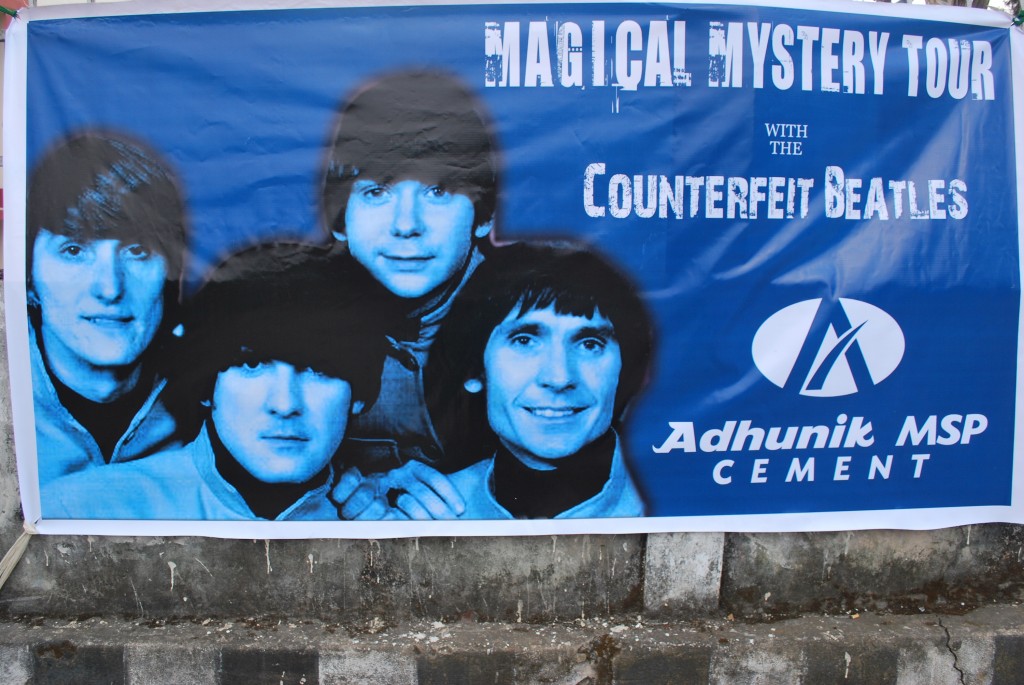

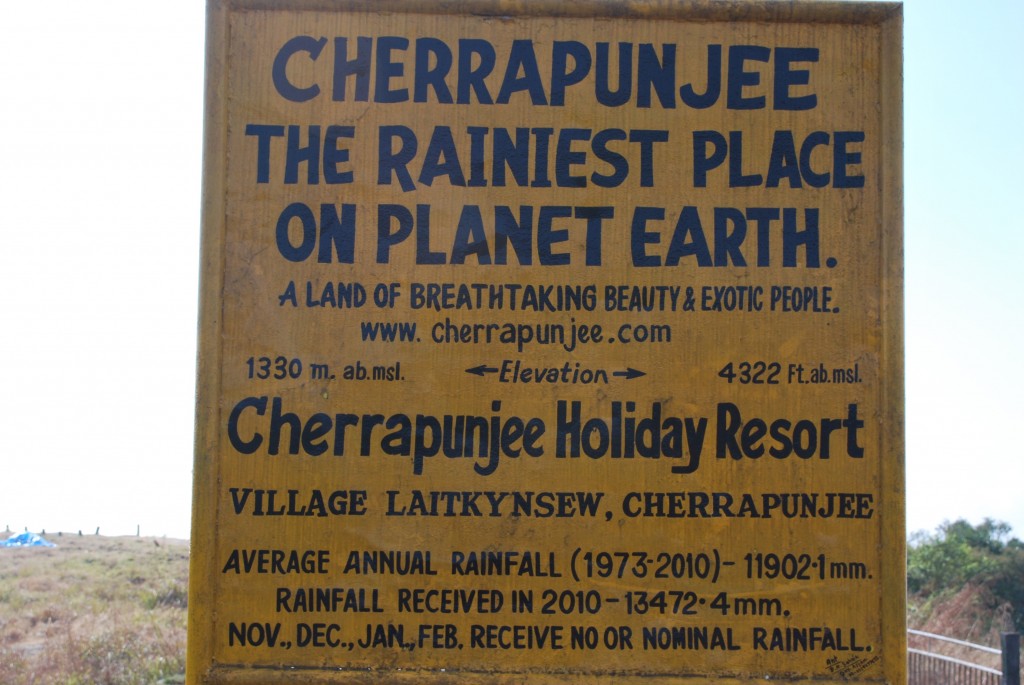
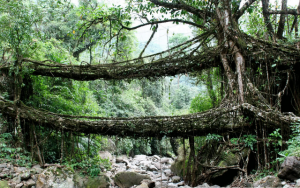
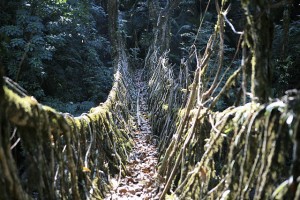
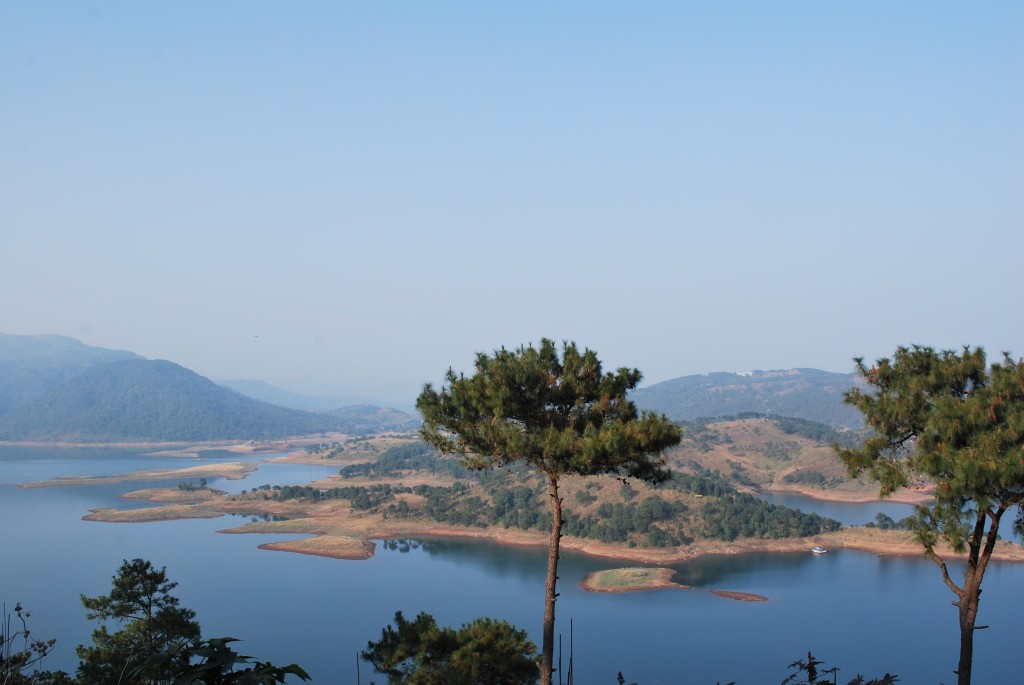
 Follow
Follow
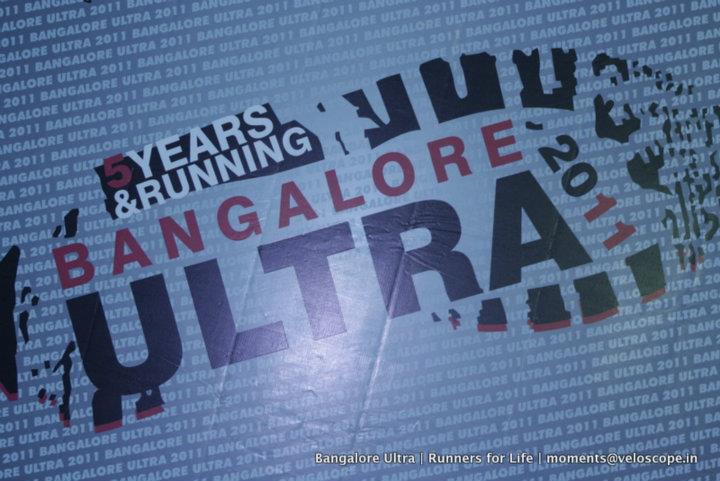






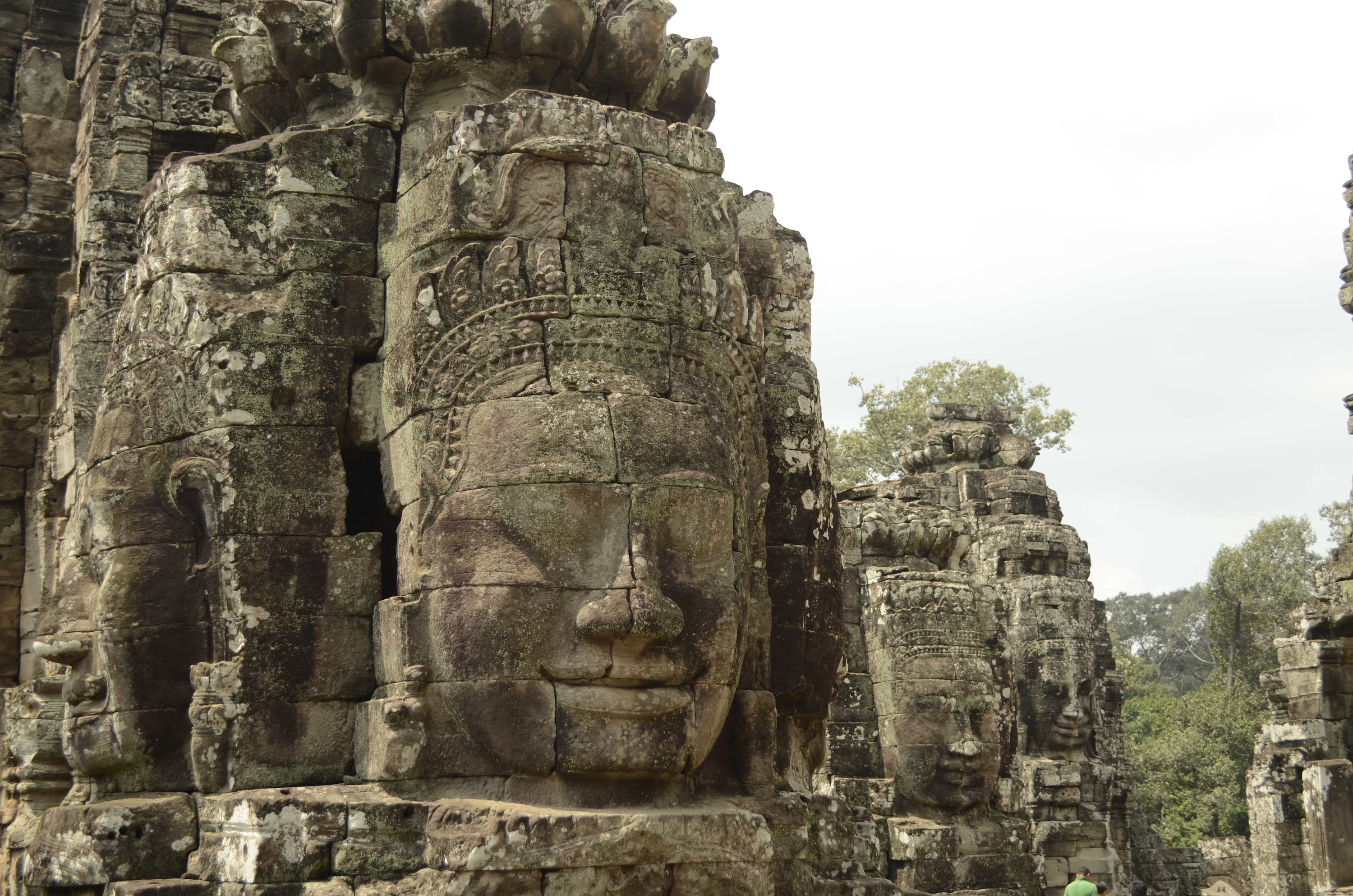
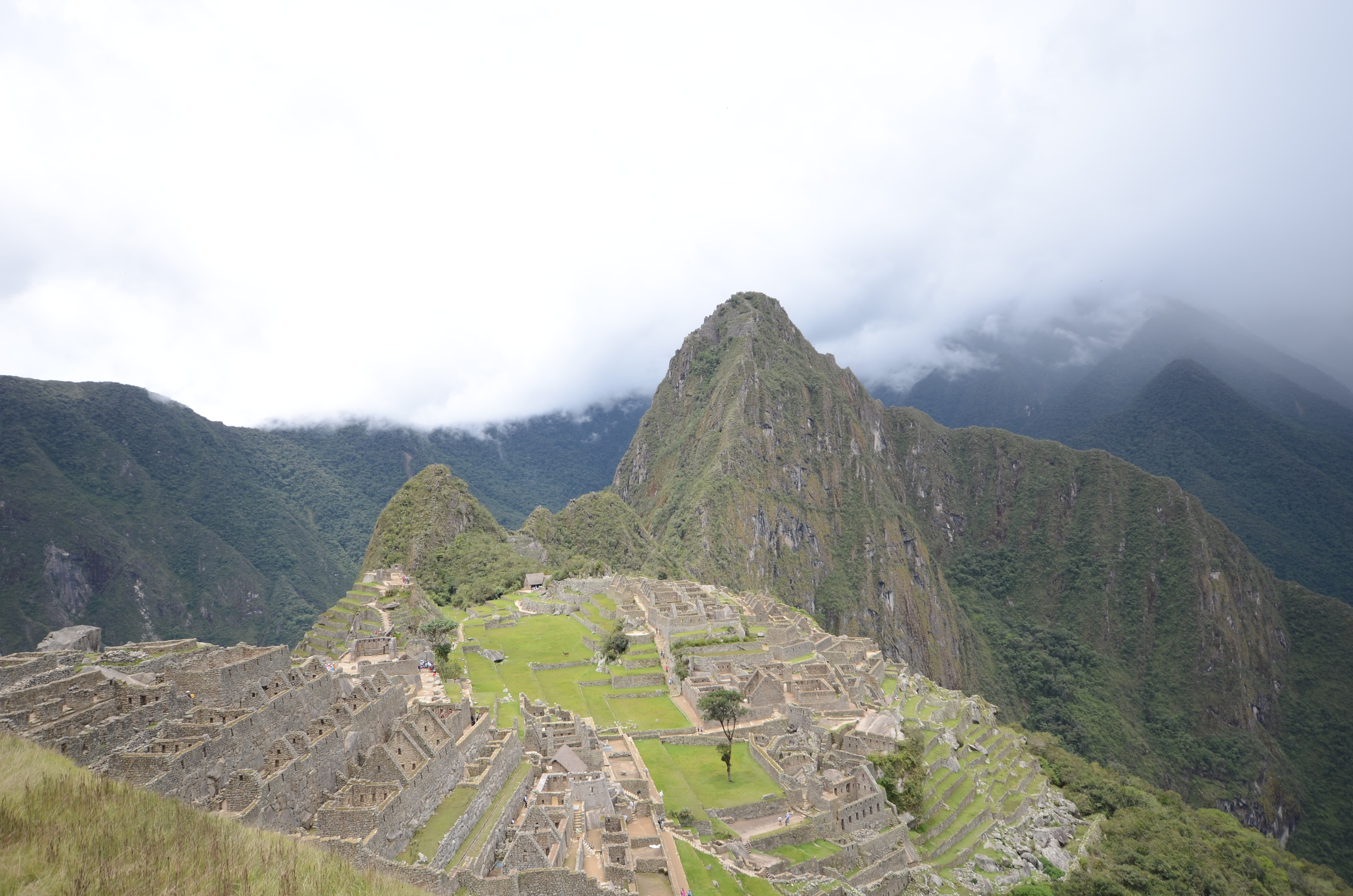

jun momin
liked the bit on nagaland and assam.
not so shillong,.. BTW, was in shillong after u!My experience was different. although i agree, this road construction biz is a bit frustrating.
Hemant Soreng
thanks dude…think this road construction bit shrouded my impression of Shillong…
Chandan
Good and interesting stuff man! I don’t think I could have detailed it so beautifully despite being a North Eastern.
Hemant Soreng
Thanks Chandan!!
Niranjan
Wonderful travelogue. Keep travelling.
http://www.rajniranjandas.blogspot.com
Hemant Soreng
Thanks Niranjan
Venkat
Great ptruices!How did you get the permit to this area? I’ve been doing some research on it and apparently there are two ways: independently with minimum four people in the group or via a travel agent.
Hemant Soreng
Venkat – permit is required for Nagaland. Its a fairly simple procedure…our contact at the homestay in Kohima got it for us…yes you could get it via a travel agent or from the hotel you are staying in Nagaland…
Mallika
Very interesting website. Had marked it for late night reading and somewhere at 2am am feeling inspired and slightly jealous. It is like you are five years ahead of most places I want to go to and things I want to do. Nice to know there is someone living my dream
Love your writing style too.
Hemant Soreng
Thanks a lot Mallika…here’s hoping that we see many more places soon and that this “journey” never ends…
Thema
Nagaland is one of the most welcoming place in North east!
kashif akhtar
Do you ever wish to get out of your hectic schedule & escape to a pleasant land with innocent people http://blog.theotherhome.com/kati-bihu-assam/
Hemant Soreng
all the time!!
Rohit
I read your blog. Such a great information.Read more about Nagaland here
debosmita
Nice and informative post. Loved the write up.Thank you. You should have visited Dibrugarh is one of the two main cities in the state of Assam. There are places to visit in Dibrugarh and adjoining areas which offer its tourists a unique blend of tourist attractions.
Priya Singh
Hello, Your Article is so impressive and very informative. Thanks for sharing great Information. I am now a regular visitor to your website and commenting it. Great Job Keep It Up!
Hemant Soreng
Thank you Priya.